Gray Divorce: How to Start Over Without Starting from Scratch

Divorce later in life—often called “gray divorce”—can feel overwhelming. You’ve spent years building a life together, only to find yourselves making a major transition right when you expected to settle into retirement. The truth is, divorce after 60 comes with its own set of challenges. You may be on a fixed income. Your assets need to last the rest of your life. And unlike younger couples, you don’t have decades ahead to rebuild wealth.
But there is good news. With the right planning, it’s possible to move forward with dignity, financial security, and a sense of independence.
Let’s take a look at how one couple did just that.
Real Client Story: Using a Reverse Mortgage for Purchase to Start Fresh
The Situation:
A couple in their late 60s made the difficult—but mutual—decision to divorce. They were respectful, collaborative, and ready to begin new chapters of their lives.
Here’s what their financial picture looked like:
- Home value: $1.7 million
- Existing mortgage: $500,000
- Net home equity: $1.2 million
- Joint investment assets: $1.5 million
They both wanted to downsize into manageable homes, ideally in the same quiet, HOA-maintained community they had looked at before separating. Each unit was a 1,200 sq. ft. two-bedroom townhome, with HOA covering the roof, painting, and all exterior upkeep—perfect for this new stage of life.
What They Did:
They sold their shared home and each walked away with approximately $550,000. Instead of paying cash or taking on new debt, each person purchased their own townhome using a Reverse Mortgage for Purchase (also called H4P).
Here’s how the numbers worked (per person):
- Purchase Price: $900,000
- Down Payment: $450,000
- Monthly Mortgage Payment: $0
- Ongoing Costs: Property taxes, homeowners insurance, HOA dues, and regular home maintenance (FHA standards apply)
- Loan Type: Non-recourse reverse mortgage (you or your heirs never owe more than the home is worth)
- Interest Rate: 6.3% (interest accrues and is paid when the home is sold or refinanced)
- Refinancing: Allowed
The Outcome:
- Both individuals secured long-term housing without monthly mortgage payments
- They didn’t need to touch their retirement investments to buy
- They maintained financial independence and peace of mind
- Assets were divided fairly, without stress or rushing to liquidate funds
If You’re Facing a Divorce After 60—You’re Not Alone
Did you know that more than 1 in 4 people getting divorced today are over age 65? Many of us are entering second or third marriages later in life—and these are statistically more likely to end in divorce after 50. It’s not unusual, and it’s nothing to be ashamed of. But it is something to plan carefully for.
What You Can Do Next
A later-in-life divorce may feel like the end of something, but with the right support, it can also be a new beginning. Whether you’re:
- Exploring housing options that don’t require taking on new debt
- Consult with your Financial Advisor first
- Trying to avoid cashing out retirement accounts
- Seeking ways to stay close to loved ones while maintaining independence
- Wondering how to afford two separate households on a fixed income
…you’re not alone. There are tools, strategies, and people who can help.
If you’re considering divorce or already in the process and need help making smart housing or financial decisions, reach out. We specialize in helping older adults navigate these life transitions with confidence.
Author: Kinga Wulczynska-Lauer
Disclaimer:
Retirement In Reverse is a mortgage company dedicated to serving older adults, financial planners, and wealth managers with a strong focus on education and informed decision-making. While we strive to provide helpful information on a variety of topics, we are not experts in all areas. That’s why we collaborate with a trusted network of professionals—including attorneys, tax advisors, and financial planners—to help connect you with the right expert based on your individual needs. The information provided in this article is for educational and illustrative purposes only. Before making any financial, legal, or lifestyle changes, we strongly recommend consulting with a qualified professional who can review your personal situation. If you are considering Reverse Mortgage, call Ted Lange at 760-753-1568 to learn more.



